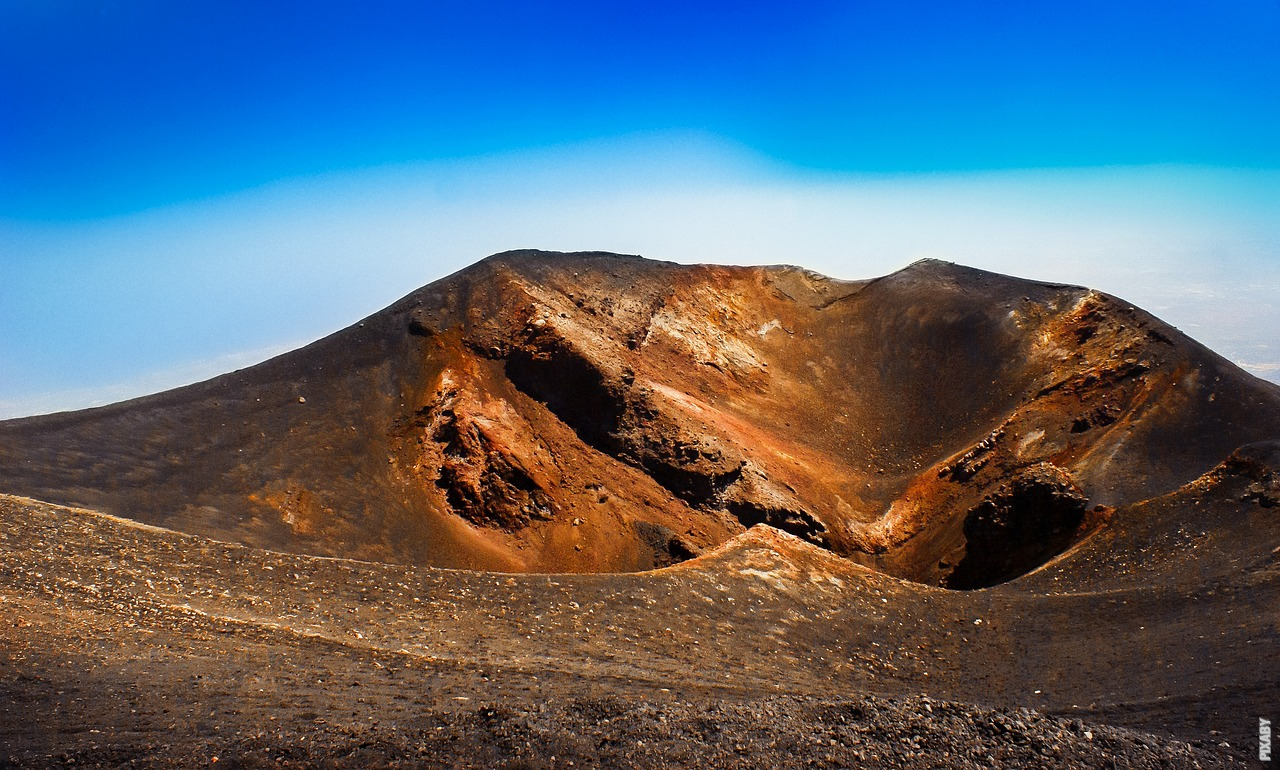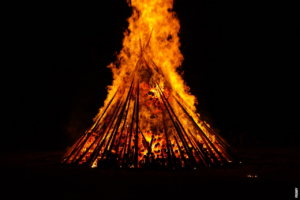The Mysteries of Crater Formation
Craters, those magnificent depressions scattered across the surface of celestial bodies, have fascinated scientists and stargazers alike for centuries. These enigmatic formations hold clues to the violent history of our universe and the forces that shape it. Join us on a thrilling journey as we uncover the secrets behind the creation of craters.
Impact Craters: Nature’s Powerhouses
One of the most common types of craters is the impact crater, which is formed when a celestial object collides with another body in space. Such collisions unleash an incredible amount of energy, causing massive explosions that carve out these extraordinary features. The sheer power and scale of impact craters are awe-inspiring, leaving lasting imprints on the surfaces they encounter.
From Meteorites to Moons: A Cosmic Dance
Our own Moon is a testament to the cosmic dance between celestial bodies. Its pockmarked surface tells a tale of countless collisions throughout its history. When a meteorite hurtles through space and crashes into the Moon, it excavates material, ejecting it outward and forming a crater. These lunar craters reveal the Moon’s tumultuous past and provide valuable insights into the evolution of our solar system.
The Earth’s Hidden Craters
While craters are commonly associated with celestial bodies, our very own Earth bears the scars of ancient impacts. However, due to the constant processes of erosion and tectonic activity, most impact craters on Earth are not as obvious as those found on the Moon or other planets. Nevertheless, scientists have discovered hidden craters beneath the Earth’s surface, buried under layers of sediment and time. These hidden gems offer glimpses into our planet’s tumultuous history.
Volcanic Craters: A Fiery Origin
Not all craters are formed by cosmic collisions; some are born from the fiery depths of volcanic activity. Volcanic craters, like the iconic ones found atop Mount Vesuvius and Mount St. Helens, are the result of explosive eruptions. As molten rock, ash, and gas are violently expelled from a volcano, a void is formed, leaving behind a crater. These volcanic remnants serve as reminders of the immense power that lies beneath the Earth’s surface.
Post
Post
Craters: Windows to the Past
Craters are more than just geological formations; they are windows to the past. By studying craters, scientists can gain insights into the history of our solar system, the frequency of cosmic impacts, and the forces that have shaped our planet. Each new discovery brings us closer to unraveling the mysteries of our universe and understanding our place within it.
Awe-Inspiring and Everlasting
From the Moon to Mars, and from Earth’s hidden scars to the depths of volcanoes, craters are awe-inspiring features that captivate our imagination. Their formation is a testament to the immense power and beauty of the universe. As we continue to explore and uncover the secrets of craters, we gain a deeper appreciation for the wonders that surround us and the stories they tell.



